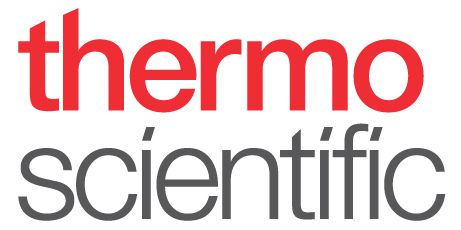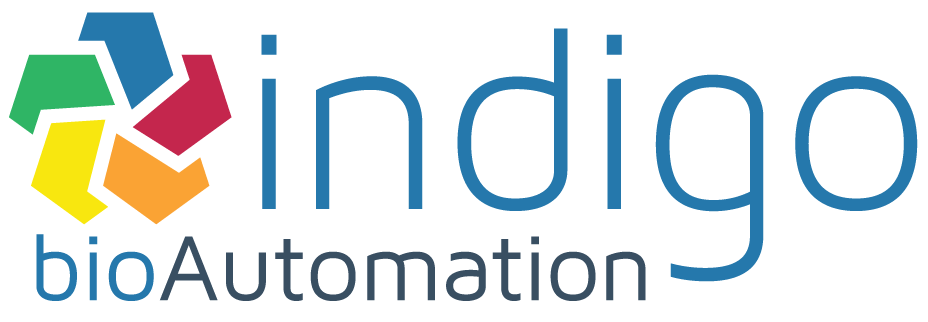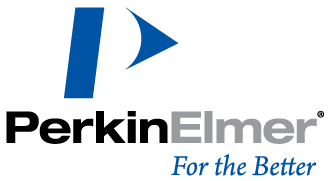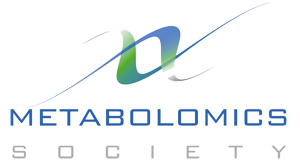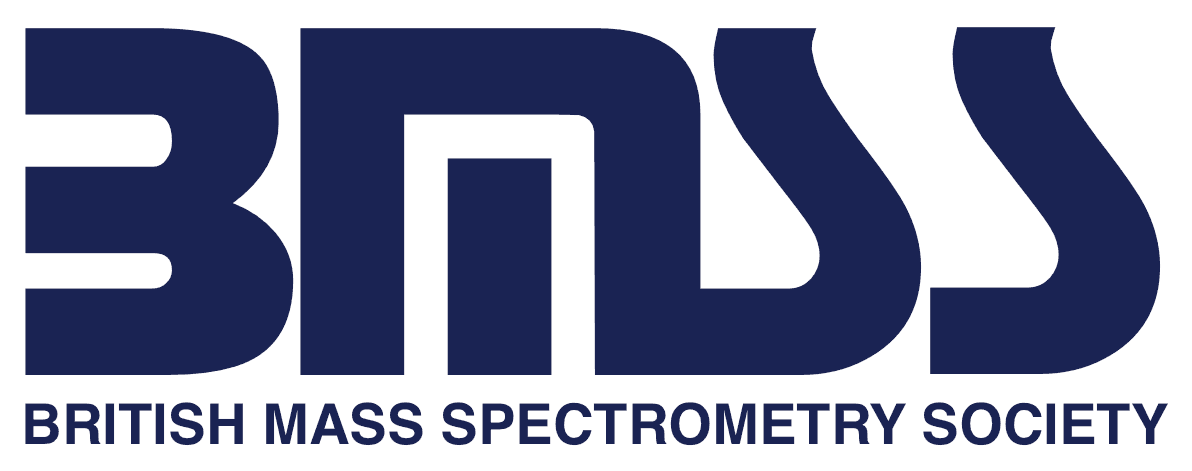MSACL 2018 USPalm Springs: Jan 21-25 |
Details
MSACL US
|
Keynote Lecture Series
In-depth 35-55 minute talks that go deep into specific topics in clinical mass spectrometry.
 | >> Wednesday 9:00 @ Room 1 (Mojave Learning Center) : SESSION 1 Mass Spectrometry Meets Medical and Legal Cannabis Marilyn Huestis University of Maryland School of Medicine Currently, 8 states legalized cannabis and 29 approved medical cannabis increasing laboratory requests for cannabinoids quantification. There are now more daily cannabis users with resultant increases in stored THC in adipose, brain and organs tissues. Stored THC produces pharmacokinetic differences between daily and occasional intake. Cannabis-impaired driving increased and rapid blood THC decreases provided the impetus for roadside oral fluid cannabinoid testing. Also, new synthetic cannabinoids challenged laboratories to identify these toxic chemicals and tie their presence to accompanying adverse effects. These public health and safety challenges were met with sensitive and specific mass spectrometric methods for an expanded range of cannabinoids and their synthetic counterparts, and with greater utilization of high resolution mass spectrometry to identify NPS urinary metabolites. |
 | >> Wednesday 9:00 @ Room 2 (Catalina) : SESSION 1 On the Building of the Skyline Targeted Mass Spec Software Brendan MacLean University of Washington The Skyline project started in August, 2008 as a 2-year effort to bring better SRM/MRM software tools to the NCI Clinical Proteomics Technology Assessment for Cancer (CPTAC) Verification Working Group that could support the variety of mass spectrometers in use in participating laboratories. Over 9 years later, the Skyline project is a thriving proteomics community open-source collaboration supporting 6 mass spec instrument vendors, integrated with a wide variety of external software, with thousands of users worldwide and many thousands of instances started each week with expanding support for small molecules, absolute quantification and ion mobility. |
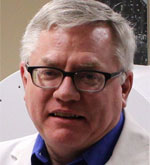 | >> Wednesday 9:00 @ Room 6 (SmokeTree) : SESSION 1 CANCELLED DUE TO FLU. To be replaced by Jeffrey Spraggins. Application of N-Glycan MALDI MS Imaging to Identify Biomarker Signatures of Advanced Cancers in FFPE Tissues Richard Drake Medical University of South Carolina Alterations in cell surface glycosylation during tumorigenesis are well documented, and most current FDA approved cancer biomarkers are glycoproteins or glycan antigens. A MALDI mass spectrometry imaging method to spatially profile N-linked glycans in formalin-fixed paraffin-embedded (FFPE) tissue sections and tissue microarrays (TMAs) has been applied to nearly 1000 patient samples of breast and prostate cancer tissues. Analysis was done using MALDI-FTICR MS and a new rapid MALDI-TOF MS TissueTyper. Classes of N-glycans representing the most lethal forms of each cancer will be described. The goal will be to develop the approach as a prognostic assay for disease stratification at the time of diagnosis. |
 | >> Wednesday 11:00 @ Room 3 (Madera) : SESSION 2 24,25(OH)2 Vitamin D and Vitamin D Metabolite Ratio: New Players in the Exploration of Non-Parathyroid Hypercalcemia Etienne Cavalier University of Liege While the activation pathway of vitamin D (VTD) is well known, its catabolism through CYP24A1 or 24-hydroxylase, remains unknown to the vast majority of clinicians. The metabolism product of CYP24A1, 24,25(OH)2D, is of great clinical interest because it reflects both vitamin D (VTD) intake and the first step in VTD catabolism and thus the physiologic response to sufficient VTD. It has been shown that changes in serum 24,25(OH)2D are associated with changes in calcium absorption, bone turnover and PTH. The only way to measure 24,25(OH)2D is LC-MS/MS. We have recently published a method for simultaneous measurements of 25(OH)D, 24,25(OH)2D and the Vitamin D Metabolite Ratio (VMR) in serum samples by LC-MS/MS. The assessment of 24,25(OH)2D by LC-MSMS is an under-recognized clinical tool in the evaluation of patients presenting with hypercalcemia and low PTH. |
 | >> Wednesday 14:30 @ Andreas : SESSION 3 Microbial Applications of Mass Spectrometry Kent Voorhees Colorado School of Mines Mass spectrometry for bacterial identification has a long history. The first studies of this application were reported in the 1960s. Since then, pyrolysis, gas chromatography, liquid chromatography, and Lasers have been combined with mass spectrometry to characterize bacteria. The application of MALDI to whole cell bacteria for protein profiling is relatively new and was first reported in 1996. This foundation research lead to the commercialization of the technique and has resulted in sales of approximately 4000 units. Although popular, protein profiling has its drawbacks and does not work well with closely related bacterial species. We have extended MALDI to fatty acid analysis using metal oxide as a catalytic matrix free platform to overcome the protein profiling shortfalls. This presentation will present a historical summary of bacterial mass spectrometry applications. |
 | >> Thursday 9:00 @ Room 4 (Pasadena) : SESSION 4 Protein Biomarker Immunoaffinity Mass Spectrometry: Enabling Translational Pharmacology of Biologics in Pharma Hendrik Neubert Pfizer Inc Significant efforts are spent in the pharmaceutical industry to execute translational pharmacology strategies aiming to reduce costly compound attrition in phase 2 clinical trials. A key element is to develop a deep understanding of the properties of human drug targets early on in discovery phases as well as to predict and assess using clinical bioanalysis how targets are engaged by biologics. This leads to better target selection, improved prediction of drug exposure and clinical dosing regimen. To this end, the pharmaceutical industry has been applying quantitative protein mass spectrometry for over a decade now. This presentation will illustrate this development with case studies and share our future vision for quantitative protein biomarker mass spectrometry in biopharmaceutical research. |
 | >> Thursday 11:00 @ Room 5 (Sierra) : SESSION 5 Early Detection of Cystic Fibrosis Acute Pulmonary Exacerbations by Exhaled Breath Condensate Metabolomics Facundo Fernández Georgia Institute of Technology Progressive lung function decline in cystic fibrosis (CF) patients often does not proceed in a linear fashion, rather is punctuated by acute pulmonary exacerbations (APEs). The frequency of APEs severe enough to require hospitalization is a crucial factor of death in CF patients and the diagnosis remains challenging. The objective of this research is to develop reliable methods to predict oncoming APEs in order to prevent associated lung function loss, mortality and morbidity. In this study, non-targeted metabolomics profiling of exhaled breath condensate (EBC) samples from 36 pre-APE (CF patients 1 to 3 months before an APE) and 97 stable CF patients (CF subjects who are clinically stable without an APE for ≥3 months) was performed using ultra performance liquid chromatography coupled to ultra-high resolution accurate mass high-field Orbitrap mass spectrometry. A supervised orthogonal partial least squares discriminant analysis (OPLS-DA) model, was able to distinguish pre-APE from stable CF samples with good accuracy (88.5-89.7%), sensitivity (81.0-84.6%) and specificity (89.6-93.6%), suggesting significant alterations in epithelial lining lung fluid monitored through EBC could be useful to detect APEs early, therefore improving patient outcomes. |
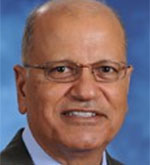 | >> Thursday 14:15 @ Room 1 (Mojave Learning Center) : SESSION 6 Cannabis sativa L.: Cultivation, Chemistry, Analysis and Prospect Therapeutic Cannabis-based Pharmaceutical Products Mahmoud ElSohly University of Mississippi Cannabis is an annual, dioceous (occasionally monoecious) and wind pollinated plant. The plant has been reported to contain >500 different compounds, of which 120 are the cannabinoids. Delta-9-tetrahydrocannabinol (Delta-9-THC), the major biologically active compound and cannabidiol (CBD), a non-psychoactive cannabinoid are the most studied cannabinoids for various indications. This presentation will address the cannabis plant, its cultivation/propagation, its chemistry and preparations derived from the plant on both licit and illicit markets. The widespread legalization of cannabis for medical and to a lesser extent recreational purposes by many states poses new challenges to both clinical and forensic laboratories. Analytical methods for the quantitation of cannabinoids will be discussed and the development of cannabis based therapeutics will be elaborated. |
 | >> Thursday 15:30 @ Room 2 (Catalina) : SESSION 7 The Importance of Reproducible Research in High-Throughput Biology: Case Studies in Forensic Bioinformatics Keith Baggerly UT MD Anderson Cancer Center We present case studies in reverse engineering of high profile results from high throughput biology (forensic bioinformatics) illustrating how simple errors in experimental design and data analysis may have put patients at risk. We discuss these in the context of ongoing efforts by the NIH to enhance research reproducibility. |
 | >> Thursday 15:30 @ Room 6 (SmokeTree) : SESSION 7 Advanced Development of the MasSpec Pen for Cancer Diagnosis and Surgical Margin Evaluation Livia S. Eberlin University of Texas at Austin We have recently reported the development of the MasSpec Pen for rapid diagnosis of human cancer tissues. Here, new describe recent results on independent samples sets analyzed ex vivo, including new tissue types and improvements in cancer prediction. Suitability for in vivo analysis was further demonstrated by evaluating normal, cancer and margin tissue from mouse models during surgery. A laparoscopic version of the MasSpec Pen was designed and developed for minimally invasive procedures, and tested on fresh tissue samples. Our results demonstrate current efforts towards the translation of the MasSpec Pen into clinical workflows for rapid cancer tissue diagnosis. |


